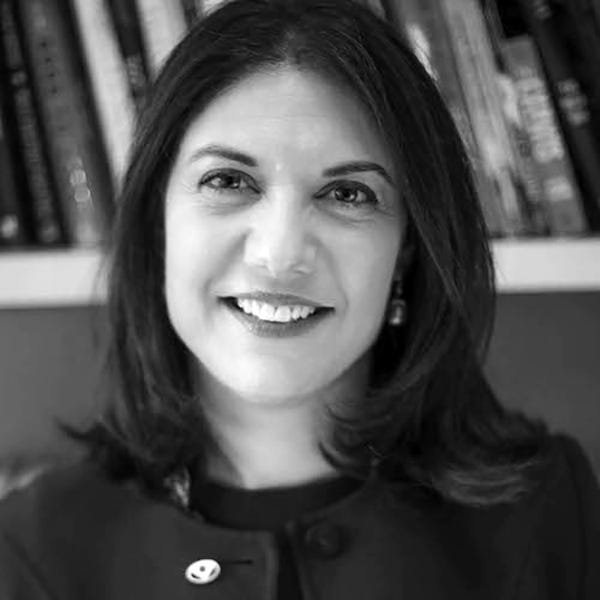2018
How stretching the gender lens muscle can drive women’s entrepreneurship
The time for talk is over. It’s time to move the muscle of capital. And that’s where gender lens investing comes in.
By Mary Ellen Iskenderian | President and CEO, Women’s World Banking
The numbers are overwhelming: millions of women entrepreneurs around the world want, no, need capital to grow their businesses. But they’re not getting it.
Across the globe, there are about 10 million women-owned small and medium enterprises (SMEs) in the formal business sector. And yet, 70% of these women-owned SMEs report being underserved by banks or without any banking services at all. If the credit gap of $300 billion were closed by 2020 in just 15 countries (including the BRICs), per capita incomes could be 12% higher, on average, in those countries by 2030. Add the impact of job creation to that number and the effect on economic growth from financing these women-led businesses is staggering.
It just doesn’t add up: we have a compelling business case and an opportunity for sustainable, inclusive growth, but banking for women entrepreneurs remains ‘business as usual.’ The time for talk is over. It’s time to move the muscle of capital. And that’s where gender lens investing comes in.
Gender lens investing is a style of impact investing that, in its simplest form, aims to advance gender equality. And it’s on the rise. According to a study by the Wharton Social Impact Initiative and Project Sage, there are now 58 gender lens investment funds in the market with USD1.3B under management. Most of that capital is invested in publicly traded companies through exchange-traded funds, index funds, and other passive investment vehicles.
For a gender lens investor like Women’s World Banking, these developments are exciting and we look forward to seeing even more growth in the coming years. We choose to invest in a more active way in order to maximize our impact on our portfolio companies and accelerate women’s access to capital. Our investments have the dual objectives of achieving attractive financial returns, while improving gender diversity within the companies and enhancing the breadth and quality of services they offer to women clients.
As the Fund reaches the end of its investment period, we’re proud to report success against both objectives. Our financial returns are in the top quartile of Cambridge Associates’ impact investing benchmark, while our investees outperform their peers in terms of gender diversity in management and governance. These financial institutions have also seen an average 47% increase in women clients during our holding period.
Here is how we’ve made our gender lens investments work:
• In addition to placing women directors as our board representatives, we have also negotiated specific gender targets into shareholders’ agreements. This ensures that other shareholders—not just Women’s World Banking—hold management accountable to their gender commitments. We were gratified (and pleasantly surprised) when a board sub-committee of one of our investee companies (where Women’s World Banking was not represented) included gender performance targets in the CEO’s compensation plan.
• One of our most impactful techniques is our requirement that portfolio companies report gender-disaggregated operational data to the Fund. In most cases, the companies were not collecting data by gender prior to our investment. Segmenting data in this way has given the management teams of our investees a new perspective on product profitability and client performance, as well as important trends among its employees. Whether it is the discovery that women’s loan repayment rates were equal to or better than men’s or that retention rates were higher for women middle managers than men at similar levels, this data has given our portfolio companies valuable tools for managing their businesses more effectively and more profitably. Likewise, the Fund benefits financially from that increase in profitability, while achieving its social goals.
By demonstrating the power of the gender lens investment thesis, we can influence more investors to take this approach, while the growing market share and profitability of the financial service providers in which we invest demonstrate that connecting women entrepreneurs to capital and increasing women’s leadership within the institution is a winning strategy.
Let’s put our collective muscle behind building economic opportunity for women entrepreneurs and the financial service providers that serve them.

ABOUT THE AUTHOR :
MARY ELLEN ISKENDERIAN
Mary Ellen Iskenderian is President and CEO of Women's World Banking, the global nonprofit devoted to giving more low-income women access to financial tools and resources to achieve security and prosperity. Prior to Women’s World Banking, Ms. Iskenderian worked for the International Finance Corporation. She is a member of the Council on Foreign Relations, and served on the Business and Sustainable Development Commission. Follow her on Twitter.